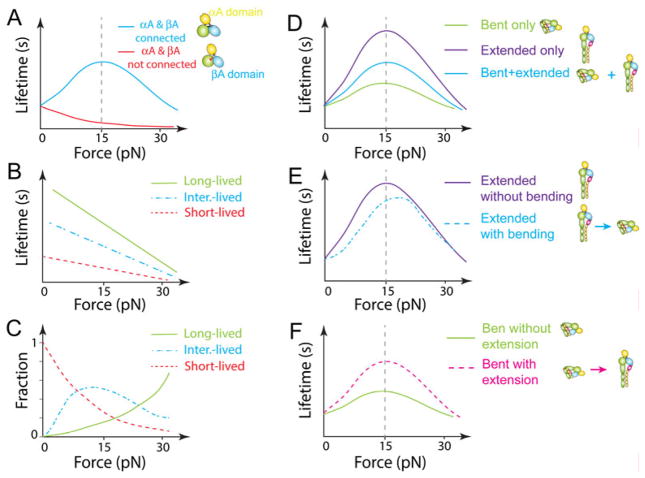Fig. 1. Schematics of T-cell functions and molecular interactions regulated by external and/or internal mechanical forces in circulation (A), migration (B), and immunological synapse (C).
A circulating T cell adheres to the vessel wall lined by endothelial cells through selectin and integrin interactions with their respective ligands (e.g. PSGL-1 and ICAM-1) under shear force. Integrin conformations and ligand binding are modulated by inside-out signaling from PSGL-1 interacting with P/E selectin and/or GPCR interacting with GAG-trapped chemokine (A). When a T cell migrates on the endothelium or stromal cells or ECM, protruding and contracting actomyosins can exert traction forces on clustered integrins and regulate their interactions with ligands [cell adhesion molecules (CAMs)] on the leading edge of migrating T cells (B). Once a T cell recognizes antigens on a target cell by TCRs, an IS is formed on the contact zone between the T-cell and the APC (C). In the IS, large molecules, such as LFA-1, are squeezed out of the contact zone center where TCRs, coreceptors (CD4/CD8) and their associated cytoplasmic proteins (e.g. Lck and Zap-70) cluster. Larger molecules, such as CD45, are further segregated away to distal zones of the IS. TCRs may induce inside-out signaling to activate LFA-1. Actin retrograde flow, dynamic actomyosins and bending of cell membrane may generate mechanical forces on and regulate the functions of adhesion molecules, immunoreceptors or their associated cytoplasmic proteins (C). The molecular organization of the lamellipodium depicted in the enlarged box in B is similar to the architecture shown in the enlarged box in C, but with additional details and shown as a symmetric radially arranged version in C.

